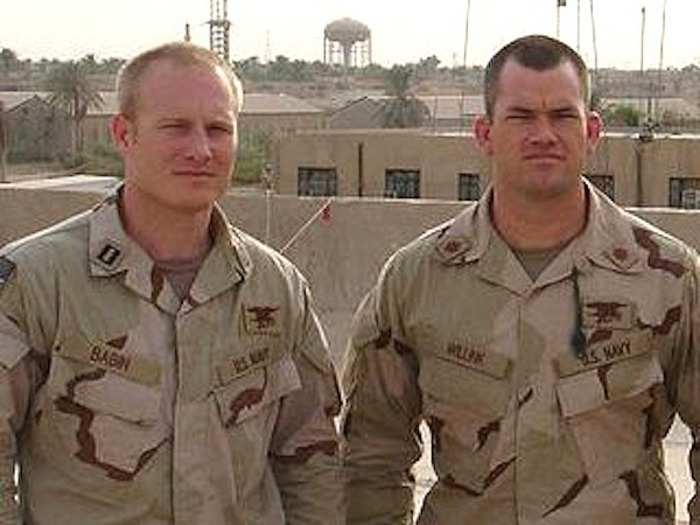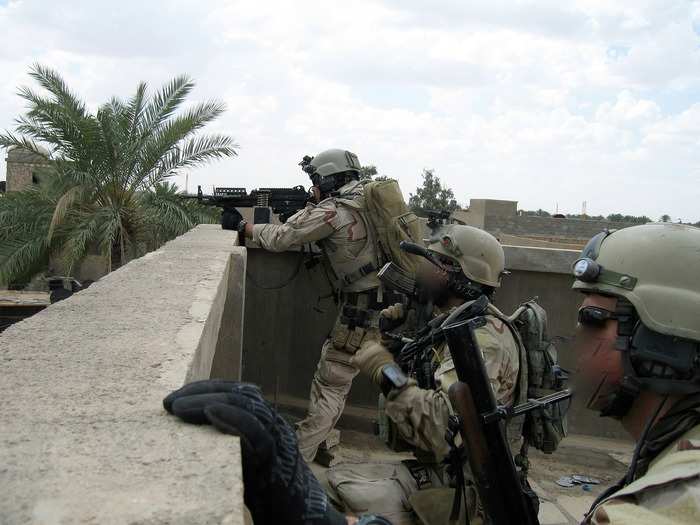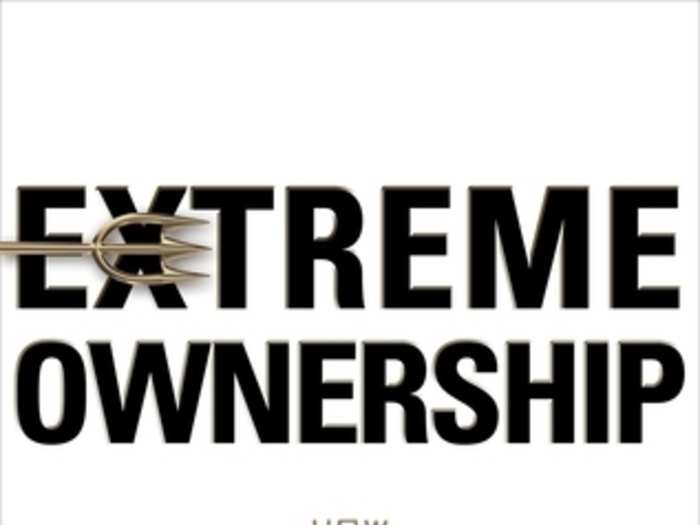A retired Navy SEAL commander explains 12 traits all effective leaders must have
A leader must lead but also be ready to follow.

A leader must be aggressive but not overbearing.

As a SEAL officer, Willink needed to be aggressive ("Some may even accuse me of hyperagression," he says) but he differentiated being a powerful presence to his SEAL team from being an intimidating figure.
He writes that, "I did my utmost to ensure that everyone below me in the chain of command felt comfortable approaching me with concerns, ideas, thoughts, and even disagreements."
"That being said," he adds, "my subordinates also knew that if they wanted to complain about the hard work and relentless push to accomplish the mission I expected of them, they best take those thoughts elsewhere."
A leader must be calm but not robotic.

Willink says that while leaders who lose their tempers lose respect, they also can't establish a relationship with their team if they never expression anger, sadness, or frustration.
"People do not follow robots," he writes.
A leader must be confident but never cocky.

Leaders should behave with confidence and instill it in their team members.
"But when it goes too far, overconfidence causes complacency and arrogance, which ultimately set the team up for failure," Willink writes.
A leader must be brave but not foolhardy.

Whoever's in charge can't waste time excessively contemplating a scenario without making a decision. But when it's time to make that decision, all risk must be as mitigated as possible.
Willink and Babin both write about situations in Ramadi in which delaying an attack until every detail about a target was clarified, even when it frustrated other units they were working with, resulted in avoiding tragic friendly fire.
A leader must have a competitive spirit but also be a gracious loser.

"They must drive competition and push themselves and their teams to perform at the highest level," Willink writes. "But they must never put their own drive for personal success ahead of overall mission success for the greater team."
This means that when something does not go according to plan, leaders must set aside their egos and take ownership of the failure before moving forward.
A leader must be attentive to details but not obsessed with them.

The most effective leaders learn how to quickly determine which of their team's tasks need to be monitored in order for them to progress smoothly, "but cannot get sucked into the details and lose track of the bigger picture," Willink writes.
A leader must be strong but likewise have endurance, not only physically but mentally.

Leaders need to push themselves and their teams while also recognizing their limits, in order to achieve a suitable pace and avoid burnout.
A leader must be humble but not passive; quiet but not silent.

The best leaders keep their egos in check and their minds open to others, and admit when they're wrong.
"But a leader must be able to speak up when it matters," Willink writes. "They must be able to stand up for the team and respectfully push back against a decision, order, or direction that could negatively impact overall mission success."
A leader must be close with subordinates but not too close.

"The best leaders understand the motivations of their team members and know their people — their lives and their families," Willink writes. "But a leader must never grow so close to subordinates that one member of the team becomes more important than another, or more important than the mission itself."
"Leaders must never get so close that the team forgets who is in charge."
A leader must exercise Extreme Ownership. Simultaneously, that leader must employ Decentralized Command.

"Extreme Ownership" is the fundamental concept of Willink and Babin's leadership philosophy. It means that for any team or organization, "all responsibility for success and failure rests with the leader," Willink writes. Even when leaders are not directly responsible for all outcomes, it was their method of communication and guidance, or lack thereof, that led to the results.
That doesn't mean, however, that leaders should micromanage. It's why the concept of decentralized command that Willink and Babin used in the battlefield, in which they trusted that their junior officers were able to handle certain tasks without being monitored, translates so well to the business world.
A leader has nothing to prove but everything to prove.

"Since the team understands that the leader is de facto in charge, in that respect, a leader has nothing to prove," Willink writes. "But in another respect, a leader has everything to prove: Every member of the team must develop the trust and confidence that their leader will exercise good judgment, remain calm, and make the right decisions when it matters most."
And the only way that can be achieved is through leading by example every day.
Popular Right Now
Popular Keywords
Advertisement